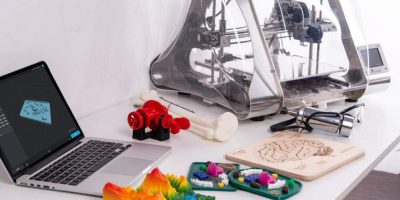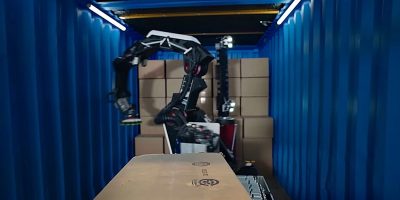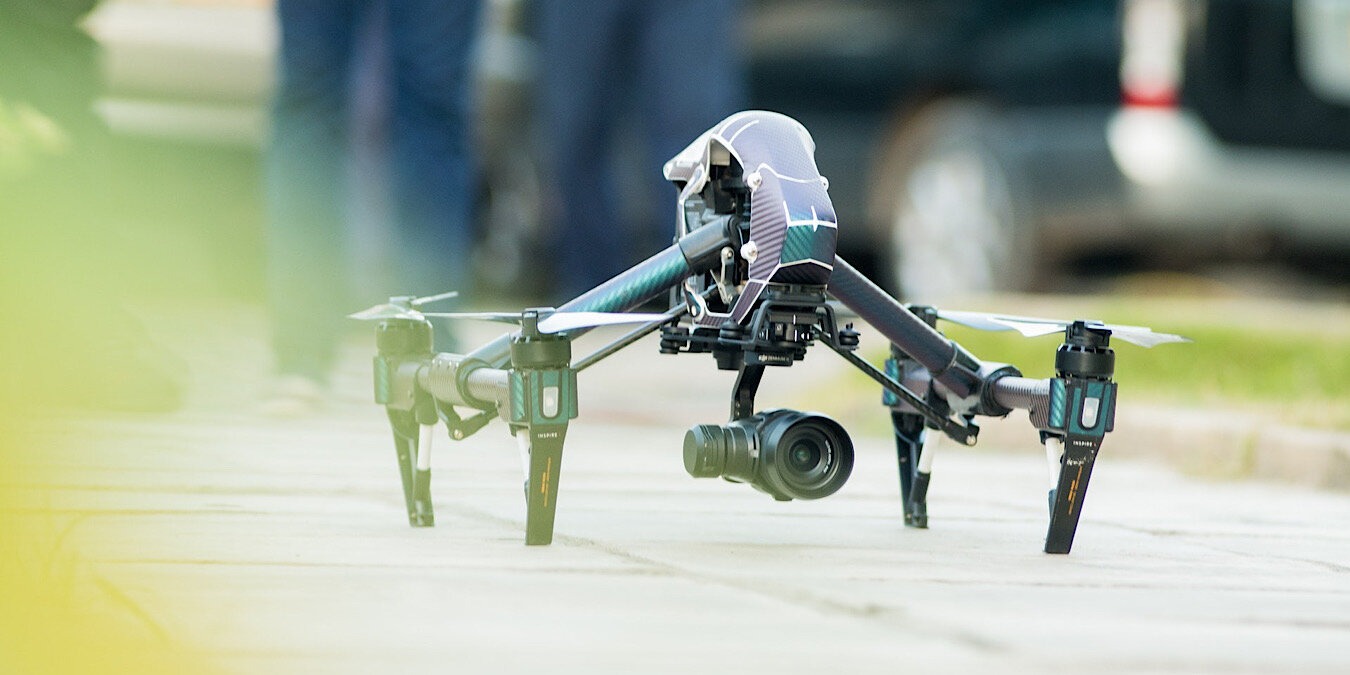
Do you still have your eyes focused on the sky, wondering if and when we will ever see delivery drones mainstream? They still have some hurdles to face. One of those hurdles is facial recognition, which is facing its own hurdle with law enforcement use. The technology is there for drones – it’s just a matter of implementing it.
Developing Facial Recognition for Drones
The development of drones is aiming for two important industries: deliveries and law enforcement. One many people have been waiting for, and the other people have been railing against.
It’s, in fact, an Israeli surveillance company that is developing the facial recognition technology for drones. Police in the United States are deciding whether or not they will add it.
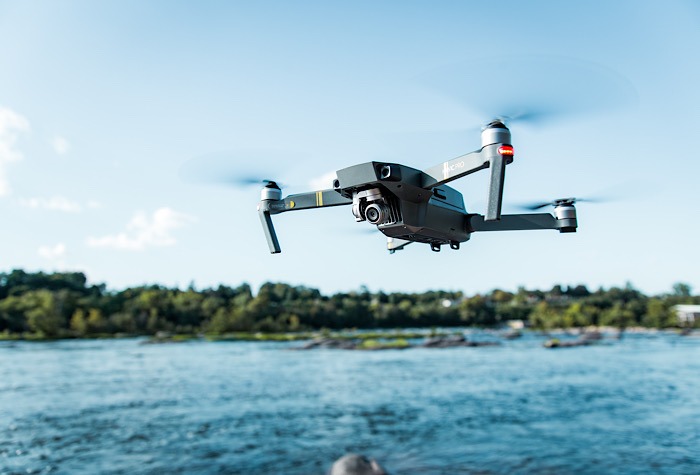
Tel Aviv-based AnyVision, once funded by Microsoft, applied for a patent in the U.S. for its drone facial recognition technology. Titled “Adaptive Positioning of Drones for Enhanced Facial Recognition,” that patent shows how the technology would aid a drone in determining the best angle for facial recognition. It would then try to match the target with a face stored in the database.
Among the issues the patent aims to solve is finding that perfect angle and getting good visuals from a moving camera.
Several U.S. military agencies are working on the solutions. Yet, AnyVision has partnered with SightX, an Israeli defense supplier. Existing SightX drones don’t have facial recognition, but executives say the day it will is not too far away.
When discussing that Anyvision will have facial recognition technology really soon, CEO Avi Golan noted he was glad to have a patent on it.
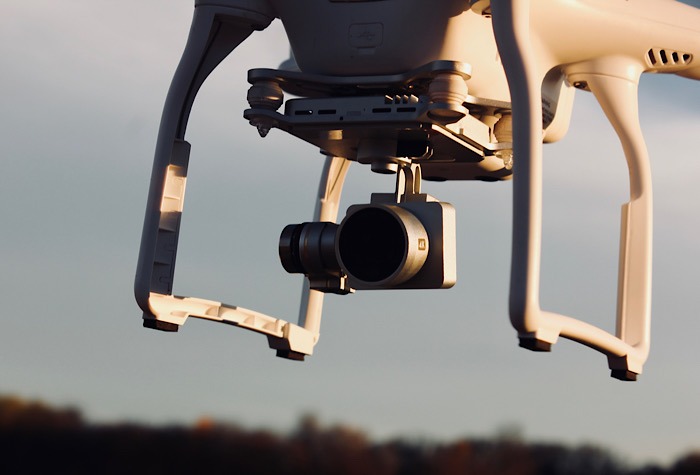
Golan is considering going beyond law enforcement use. He’s looking at delivery drones, believing facial recognition could be used to ensure the target is the correct person. Amazon has patented something similar.
What’s Holding Drone Facial Recognition Back?
Golan isn’t ready to release the facial recognition technology just yet, though. He’s waiting for the public to be ready as well.
“I think it’s more futuristic technology, but I want to have it in the back of my pocket once it’s more accepted by humanity,” said Golan. He added his company isn’t currently working with law enforcement in the U.S. and is instead working with private companies, such as retailers and casinos.
While Microsoft initially financed AnyVision, it pulled out a few years back. There’s disagreement over why it pulled out, but the AnyVision software became enmeshed in world politics. Golan, though, felt Microsoft’s reasoning behind pulling out had more to do with not being able to exert its control over AnyVision.
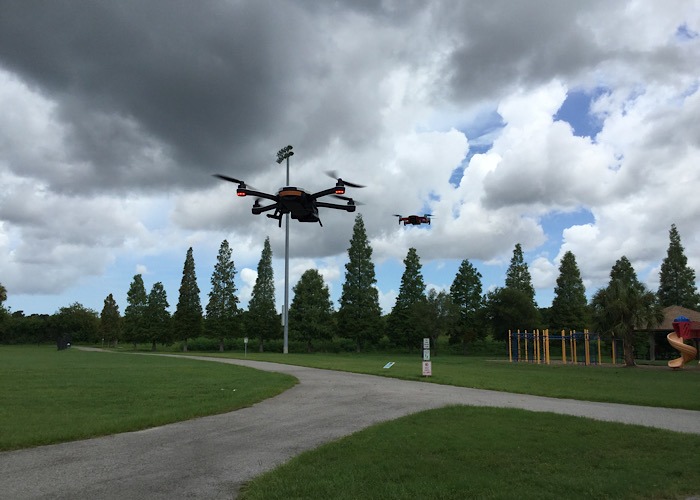
With or without Microsoft being involved, it’s believed that law enforcement using drones with facial recognition is more a question of “when” than “if.”
“I think at some point in the future, we will likely see that,” said Mike Hutchins, lieutenant and drones lead at Sacramento Police Department. “We’re trying to balance technology with people’s right to privacy. And obviously, if you walk into a grocery store, into a retail store, into a bank, they’re capturing your face as you walk in.
“Pretty much anywhere you go in public now, your face is being captured by cameras that are clearly capable of running facial recognition software. But we don’t have any plans at all to merge those two anytime in the future. Not to say that at some point it may not happen.”
When Hutchins puts it that way, it’s a little unsettling. We may balk at the police using facial recognition, but our faces are already plastered all over anyway. It seems at this point that the progression just can’t be stopped. The technology is there for drones to zero in on your face, whether for law enforcement or for something as benign as a delivery. Our opinions on it probably don’t matter such much at this point.
Read on to learn how drones are already making deliveries dropping off COVID vaccines.



